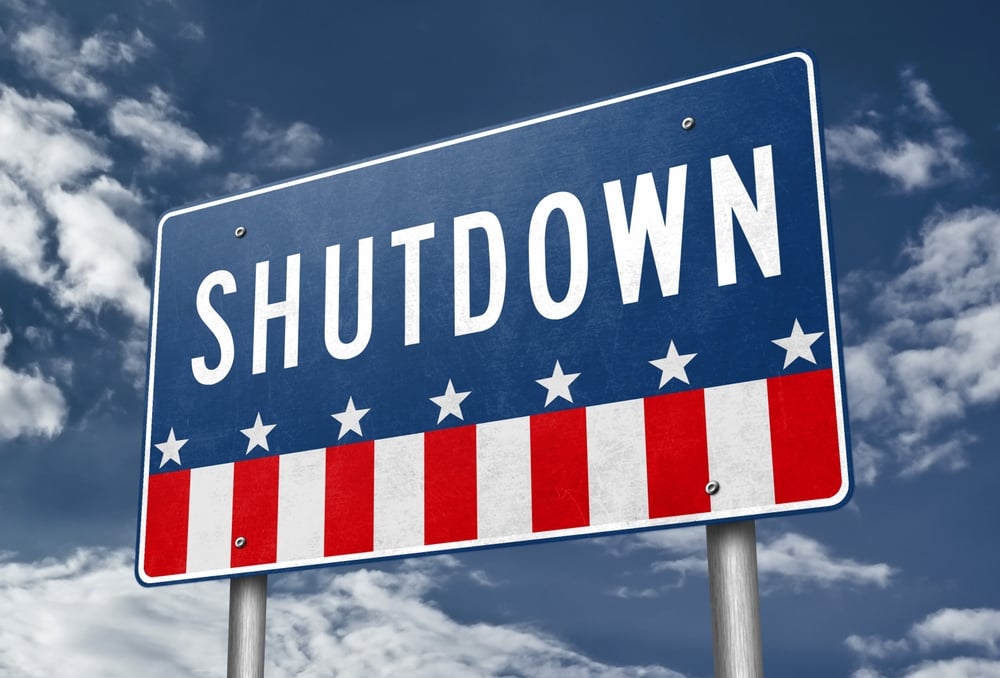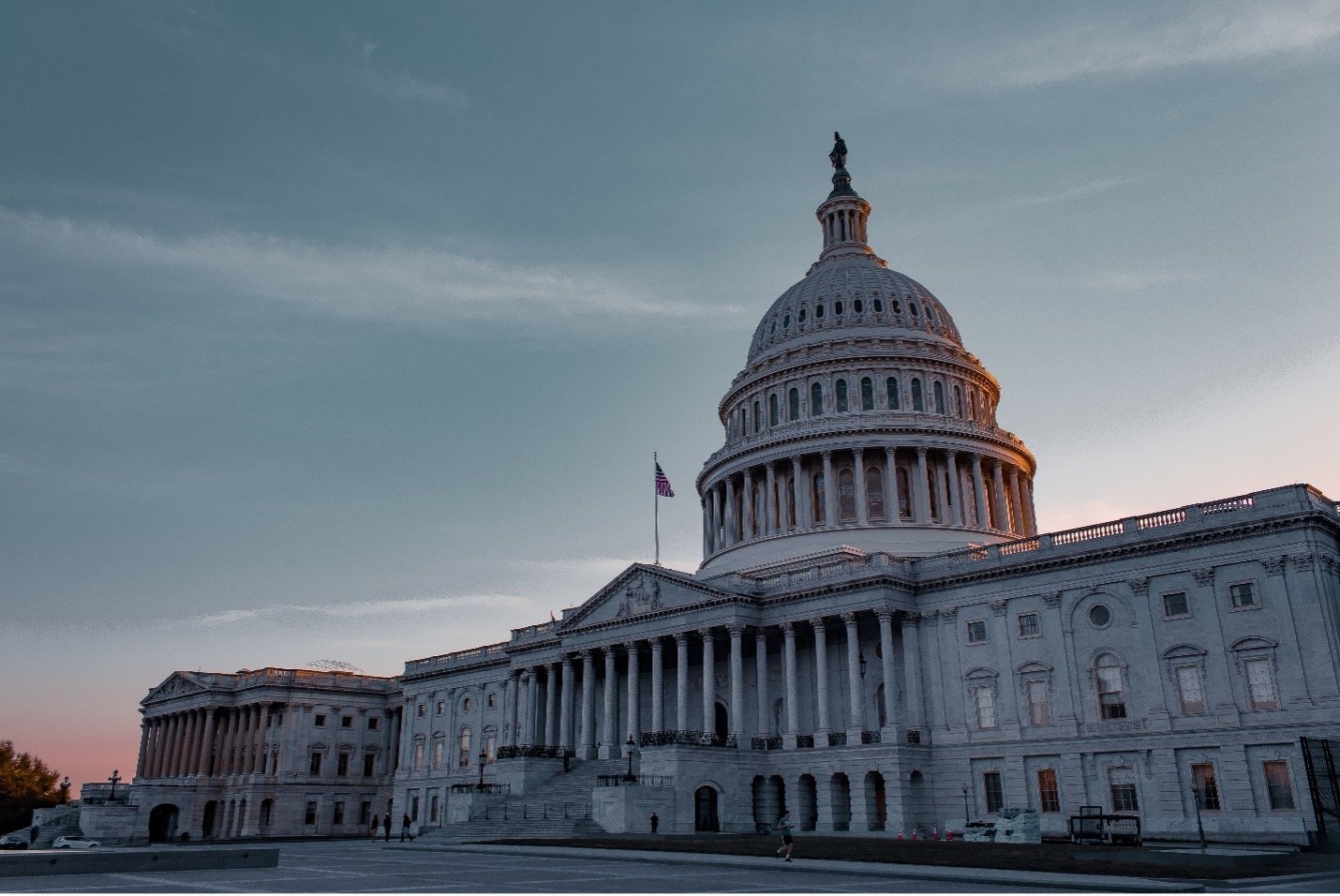What Government Contractors Should Do During a Shutdown

Key Details: On October 1, 2025, the federal government entered a shutdown following a lapse in appropriations. As a result, many agencies have curtailed or halted operations, creating immediate challenges for federal contractors. Contracts may be paused, payments delayed, and access to government facilities restricted, placing strain on budgets, schedules, and workforces. While certain fully funded or “essential” contracts may continue, many contractors are navigating uncertainty. This article outlines the immediate steps government contractors should take during the shutdown to protect operations, document impacts, and prepare for recovery once funding is restored.
Understand Your Contract Status
The first step during a government shutdown is to determine which of your contracts are affected. Not all federal contracts stop when funding lapses. Some projects may continue if they are considered “essential,” fully funded, or otherwise authorized by law. Others may be placed on hold until appropriations are restored.
If your contract incorporates FAR 52.242-15 (Stop-Work Order), your contracting officer may issue a formal stop-work directive, requiring you to suspend performance for a set period (typically up to 90 days). This clause also provides a mechanism to request an equitable adjustment for increased costs or schedule delays once performance resumes. If the clause is not included in your contract, agencies may still suspend or delay performance through other provisions, such as “suspension of work” or “changes” clauses.
In all cases, contractors should promptly review contract documents and monitor official communications. Performing work without proper funding or authorization can result in non-reimbursable costs. If no clear guidance has been provided, reach out to your contracting officer or designated agency contact for written confirmation, though responses may be delayed due to furloughs.
Understanding the funding status of each contract allows you to prevent unauthorized work, avoid unbillable costs, and plan next steps for employees and subcontractors tied to those projects.
Document Everything
Thorough documentation is one of the most important steps contractors can take during a shutdown. Keeping detailed records helps protect your ability to seek equitable adjustments, schedule relief, or reimbursement once funding is restored.
Start by recording the exact date and time you stopped work on each affected contract, along with any instructions or communications received from the government. Maintain a log of phone calls, emails, and written orders related to the shutdown, even if the information is incomplete or delayed.
In addition, track schedule impacts such as missed milestones, delayed deliverables, and rescheduled activities. Note how your company handled employees who could not perform work, including whether they were reassigned, furloughed, or placed on leave.
All cost impacts should be tied directly to shutdown-related events. This includes labor for idle staff, expenses related to securing or demobilizing work sites, and overhead costs incurred during downtime. Centralizing this information in one place will make it easier to support claims or requests for adjustment once normal operations resume.
Communicate With Stakeholders
Clear, consistent communication is essential during a shutdown. Contractors should maintain regular outreach with all key stakeholders, even if responses are delayed.
Contracting Officers and Agencies: Stay in touch with your contracting officer or agency contact. Request written confirmation of your contract’s status and any instructions to stop or continue work. Be persistent but professional, recognizing that many agency staff may also be furloughed and slower to respond.
Subcontractors and Vendors: If you are a prime contractor, notify all subcontractors and vendors immediately about the status of each project. Downstream partners need direction to avoid incurring unallowable costs. If you are a subcontractor, coordinate with your prime and request formal guidance before taking further action.
Employees: Provide clear instructions to your teams regarding project status, work expectations, and pay policies. Uncertainty can create stress, so transparent communication helps maintain morale and retention. Explain whether employees are being reassigned to other activities, placed on leave, or asked to pause work.
By ensuring that all parties are informed, contractors can reduce confusion, limit unnecessary costs, and maintain trust across their networks during the shutdown.
Manage Cash Flow
A prolonged shutdown can create immediate pressure on cash reserves, so contractors should reassess their financial position as soon as operations are interrupted. Begin by updating cash flow projections to reflect delayed federal payments and paused contract activity. Monitor payroll closely and calculate how many weeks of compensation your company can sustain under current conditions.
Given the uncertainty around the duration of a shutdown, a conservative approach is best. Planning for multiple scenarios will help ensure you can meet obligations to employees and partners, even if funding delays extend longer than expected.
Track Costs and Impacts
Carefully tracking costs during a shutdown is essential to protecting your company’s financial position and supporting potential claims later. All expenses linked to the funding lapse should be identified and documented separately from normal operating costs.
Key areas to monitor include:
- Labor costs for employees who are unable to perform billable work, including how their time was categorized (e.g., reassignment, leave, or furlough).
- Demobilization expenses, such as securing equipment, halting site work, or shutting down facilities.
- Overhead and rent that continue to accrue despite paused contract activity.
- Missed milestones and schedule delays that may impact deliverables, project completion, or performance incentives.
Ensure costs are tied to specific contracts wherever possible. Detailed and contemporaneous records will strengthen your position if you later seek equitable adjustments, schedule relief, or reimbursement once appropriations are restored.
Ensure Compliance With Labor Laws
During a shutdown, workforce decisions must balance financial realities with legal compliance. Contractors should review both federal and state labor requirements before taking action on furloughs, layoffs, or schedule reductions.
Pay practices are a critical consideration. Exempt (salaried) employees generally must receive their full weekly salary if they perform any work in a given week, even answering emails. If they are placed on furlough for the entire week, no salary is required, provided the policy is applied consistently and in compliance with labor laws. For non-exempt (hourly) employees, pay is owed only for hours worked.
Employers should also ensure that benefits, leave accruals, and notice requirements align with applicable state regulations. Missteps in pay or leave handling can expose companies to compliance risks and potential penalties.
Working closely with HR professionals and legal counsel will help ensure that shutdown-related employment decisions are both cost-effective and legally sound.
Implement Internal Contingency Plans
While federal projects may be paused, contractors can use this period to keep teams engaged and productive. Review your internal contingency plans to determine which activities can continue during the shutdown.
Possible areas of focus include:
- Business development and proposals for future opportunities.
- Internal training and professional development to strengthen employee skills.
- Process improvements such as refining compliance systems or updating documentation.
- Non-federal contracts or commercial work that remain unaffected.
Reallocating resources to these activities helps maintain momentum and morale while minimizing the financial impact of idle time. Planning for multiple shutdown scenarios — whether weeks or months in duration — ensures your organization can pivot quickly as conditions change.
Partner with Trusted Advisors
Navigating a government shutdown requires both immediate action and long-term planning. Ryan & Wetmore works closely with federal contractors to address the financial, contractual, and operational challenges that arise during periods of uncertainty. Our team can assist with:
- Reviewing contract terms and communications for potential stop-work orders and funding status.
- Developing cash flow strategies to manage delayed federal payments.
- Ensuring compliance with labor and employment requirements.
- Establishing documentation processes to track costs, delays, and impacts for potential claims.
- Supporting strategic planning to reallocate resources and strengthen business continuity.
By partnering with trusted advisors, contractors can minimize risk and be better positioned for recovery when federal funding resumes.
Conclusion
Government shutdowns create significant uncertainty for contractors, but taking proactive steps now can help reduce long-term disruption. By confirming contract status, documenting impacts, communicating clearly, and managing cash flow, contractors can better safeguard their businesses and employees. Careful planning and compliance will also position your company to recover more quickly once appropriations are restored.
Every shutdown affects contractors differently, and the best course of action depends on your contracts, workforce, and financial position. Working with experienced advisors ensures you take the right steps to protect your organization during this period of uncertainty.
Immediate Action Items for Contractors:
- Confirm contract status and halt any unauthorized work.
- Document the exact time work stopped, communications received, and any impacts.
- Maintain regular contact with contracting officers, subcontractors, and employees.
- Reassess cash flow and prepare for multiple shutdown scenarios.
- Track all shutdown-related costs, schedule delays, and missed milestones.
- Review labor law requirements before implementing furloughs or schedule changes.
- Activate contingency plans to keep employees engaged and productive.
Ryan & Wetmore is here to support contractors through the challenges of the 2025 shutdown. Contact us today to discuss your specific situation and develop a strategy that protects your contracts, your workforce, and your future.
FAQs for Contractors During the 2025 Government Shutdown
- What should government contractors do immediately when a shutdown begins?
Contractors should first confirm the status of each contract, stop any unauthorized work, and document when performance ceased. They should also communicate with contracting officers, subcontractors, and employees while preparing contingency plans and reviewing cash flow. - Can contractors continue work during a government shutdown?
Some contracts may continue if they are fully funded, considered essential, or otherwise authorized by law. Others are suspended until appropriations are restored. Always wait for written confirmation from your contracting officer before proceeding. - How should contractors track shutdown-related costs?
Contractors should maintain detailed records of labor for idle employees, demobilization costs, rent and overhead, and any schedule delays. Tying costs to specific contracts helps support equitable adjustment or reimbursement claims once funding resumes. - How does a shutdown affect employee pay and labor laws?
Exempt (salaried) employees must be paid their full weekly salary if they perform any work, even responding to emails. Non-exempt (hourly) employees are only paid for hours worked. Contractors must also ensure compliance with federal and state labor laws before implementing furloughs, schedule reductions, or layoffs. - What proactive steps can contractors take to minimize disruption?
In addition to documenting and communicating, contractors can reallocate staff to non-federal work, business development, or internal training. They should also update cash flow forecasts, explore credit options, and engage trusted advisors to strengthen continuity plans.
Today’s Thought Leader

About Samad Arouna
Marketing Coordinator
Samad Arouna is the Marketing Coordinator at Ryan & Wetmore, bringing a wealth of knowledge in digital marketing strategy and analytics. Before joining Ryan & Wetmore, Samad honed his skills working as a loan specialist for the Small Business Administration. He holds a Bachelor of Business Administration and a Master of Science in Marketing. Samad is dedicated to devising innovative marketing solutions that drive growth and success for the firm.


